Insecure Service
SMB Service Availability to Internet or Other Unauthorized Users
TCM-KB-EXT-001
Last Updated: 6/26/2023
Microsoft Windows Server
The recommended remediation steps and configurations described in this response would primarily affect systems running Microsoft Windows Server.
SMB
SMB refers to Server Message Block.
A small message block refers to a compact unit of data transmission used in communication protocols. It typically contains a limited amount of information, such as a command, status update, or a small portion of a larger message, allowing for efficient and rapid exchange of data between devices or systems.
Contributor

Joe Helle
Chief Hacking Officer
Recent Blogs

Top 3 Help Desk Certifications for 2025
In this blog, we’ll take a look at 3 of the most significant help desk certifications in 2025 and how they can help you land an entry-level IT role.

How to Keep Your Kids Safe Online
Take a look at 10 practical tips and tricks for ensuring a child has the safest experience possible online.

Practice Assembly With A Buffer Overflow Exercise
Use our free resource, Overflowme, to learn about programming in assembly and how the classic buffer overflow vulnerability can be exploited.

How To Identify URL Phishing Techniques
In this blog, we’ll break down some of the most common URL phishing tactics, identify detection and analysis methods, and discuss strategies to defend against them.

Beginner’s Guide to Code Review for Web App Pentesters
Explore the web app pentesting method of code review, including how you can get started with a basic methodology and a walk through of practical examples.
Issue
The SMB service on the domain-joined endpoint is available to the Internet. This could permit information disclosure of internal network identities (i.e., fully-qualified domain names of internal domains) and accessibility of an external entry point for brute force attacks.
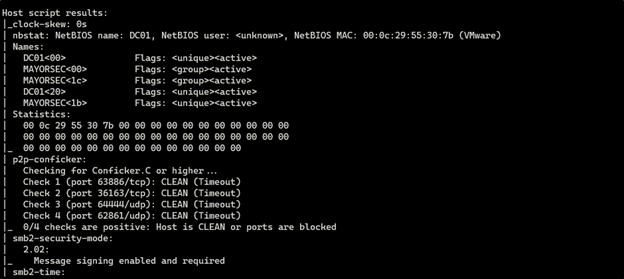
Recommended Remediation
The following outlines the recommended steps that the systems and network administrators should take in order to secure the environment.
Utilizing a user account with administrative privileges, open Windows Defender Firewall with Advanced Security.
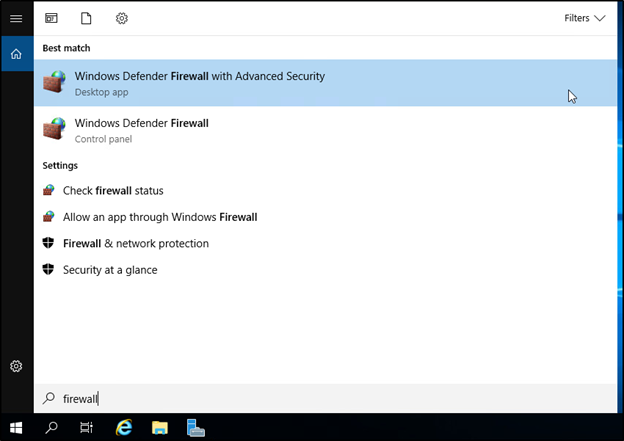
Right-click inbound Rules and select New Rule.
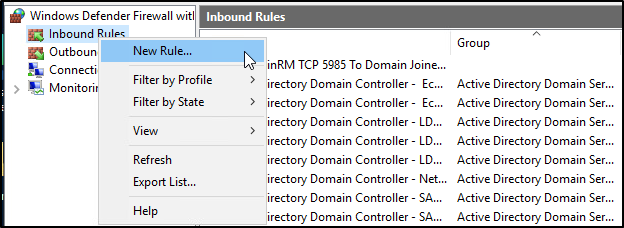
In the Rule Type window, click Port and select next.
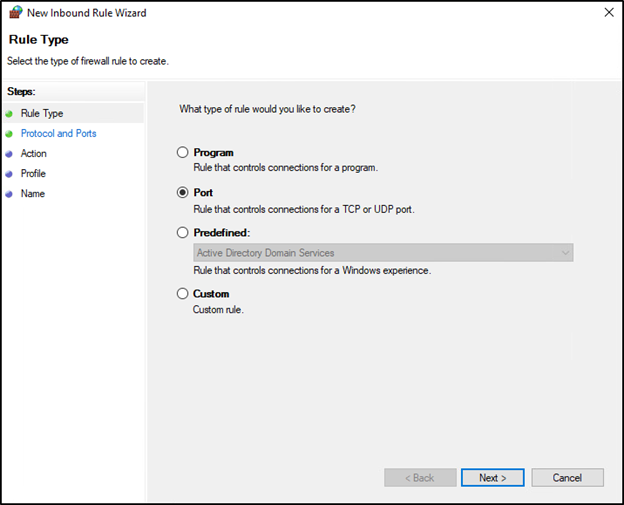
Select the TCP option, and below, the Specific local ports option. Enter ports 135, 139, 445 and click Next.
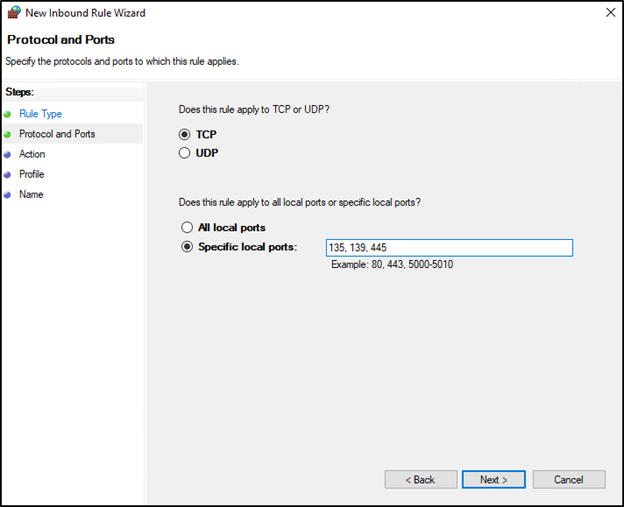
On the next screen, select Block the connection and press Next.
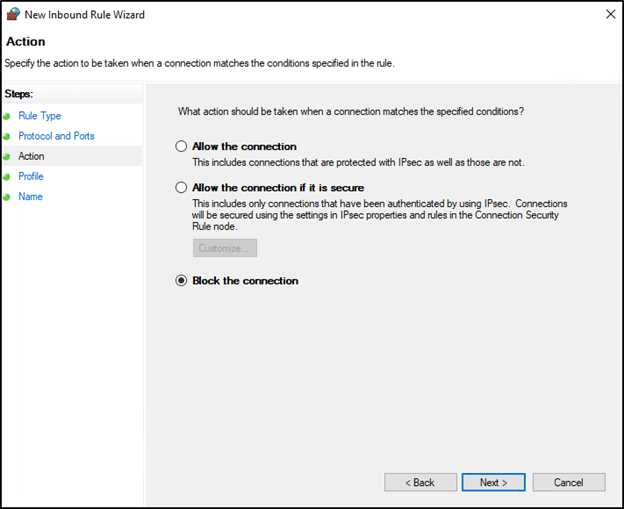
In the next window, deselect Domain and Private, and select Public. If you prefer to only allow domain-connected devices to access the SMB service, deselect only Domain, and select Private and Public. Press Next when complete.
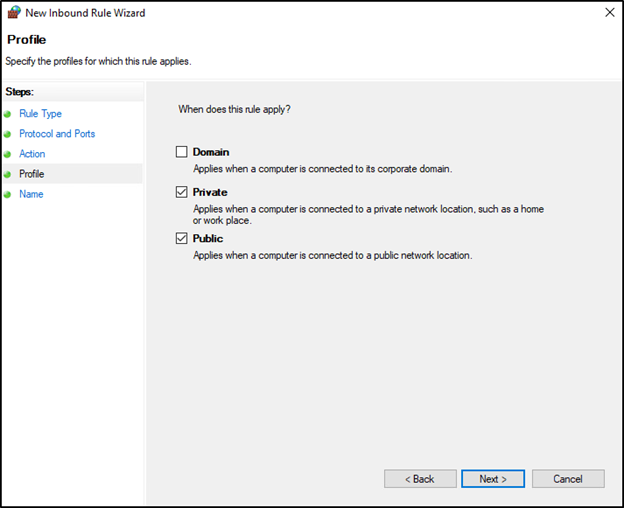
In the next window, specify a name for the new firewall rule, and enter a description if desired. Press Finish when complete.
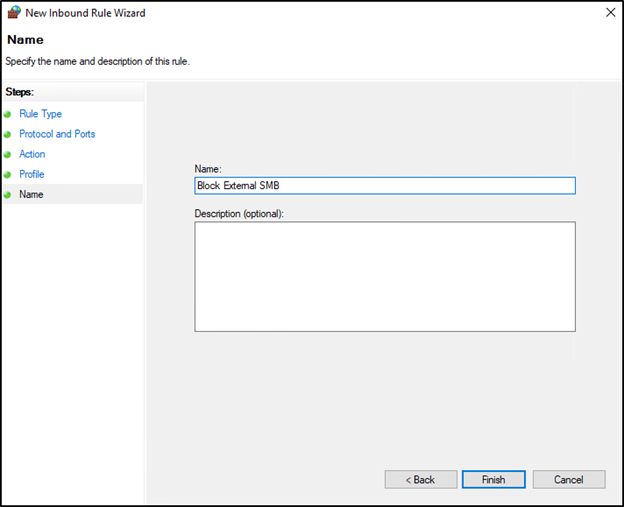

See What We Can Do For You
Download a sample penetration test report to see the results we can deliver for your organization.
See How We Can Secure Your Assets
Let’s talk about how TCM Security can solve your cybersecurity needs. Give us a call, send us an e-mail, or fill out the contact form below to get started.
